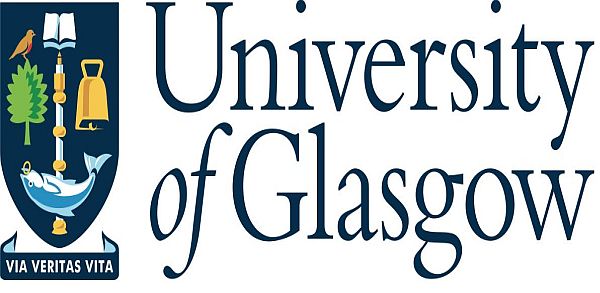
The University of Glasgow is glad to announce a free online course on the topic “Antiquities Trafficking and Art Crime”. The purpose of this free online course is delved into the seedy underbelly of the art world, looking at smuggling, theft, fakes, and fraud, with this free online course.
This free online course is taught by researchers from the Trafficking Culture international research consortium and hosted by the University of Glasgow. The course will starts on 6 February 2017.
Course At A Glance
- Length: 3 Week
- Effort: 4 Hours pw
- Subject: Antiquities Trafficking and Art Crime
- Institution: The University of Glasgow
- Languages: English
- Price: Free
- Certificate Available: Yes
- Session: The course will starts on 6 February 2017.
Providers Details
- Founded in 1451, the University of Glasgow is the fourth-oldest university in the English-speaking world. The University of Glasgow is a member of the prestigious Russell Group of leading UK research universities and is striving to change the world with its expertise.
- The University’s research-led approach is one of the reasons why a degree from the University of Glasgow is so prized, but students also benefit from opportunities to study abroad, improve their employability, take part in work placements and explore a wide range of social activities.
Requirements
All learners are invited to this course. No prior knowledge is required.
About This Course
- Why join This Course: Mostly everyone faces a difficult question: how do we protect our heritage from theft, illegal sale, and destruction In Antiquities Trafficking and Art Crime we will tackle this question together. The language of the course is English.
- Importance of the Subject in Today’s Scenario: Art crime has a long history and there has been some good research done on the topic. However it is still unrecognized in broader circles, even among professionals, and only a portion of the importance of art crime has been studied, often without a strong analysis of the complexities of the field. The main value is to those who are not yet familiar with art crime.
How to Join This Course
- You should register yourself through the given link to join this free on-line course: https://www.futurelearn.com/register
- Use the hashtag#ArtCrimeFL to join and contribute to social media conversations about this course.
Course Format
- In Week 1: You will track how ancient artifacts are looted from archaeological sites, trafficked across multiple international borders, and end up in the possession of some of the world’s most respectable museums and collectors.
- In Week 2: You will learn about crimes of fine art: heists, fakes, and vandalism.
- In Week 3: You will discuss the ethical, legal, and emotional issues associated with the return of stolen cultural objects.
Why Take This Course
- Advantage: By combining cutting-edge research in the fields of criminology, archaeology, anthropology, sociology, art history, museums studies, and law, they will shed light on the grey market for stolen art.
- Certificate: To be eligible to buy a Certificate of Achievement, you must mark over 90% of course steps as complete and attempt all test questions, achieving a score of over 70%.
Learning Outcomes
You will gain a better understanding of:
- The criminal networks that engage in antiquities trafficking and art crime
- The harmful effects that these phenomena have on communities and society as a whole
- And what scholars, police, and lawmakers are doing to protect our heritage
Instructors
Donna Yates: She is Archaeologist in a criminology department. She studied antiquities smuggling, art crime, and the preservation of cultural heritage.
Suggested Reading
No prior knowledge is required.
You Might Also Be Interested In
You can also join Law for Non-Lawyers: Introduction to Law free online course.
Conclusion
- By combining cutting-edge research in the fields of criminology, archaeology, anthropology, sociology, art history, museums studies, and law, we will shed light on the grey market for stolen art.
- Your Certificate provides a detailed transcript of what you’ve learned. This includes how long you spent studying the course and your average test score. You can easily add it to your LinkedIn profile, CV or resume, and share it with friends or employers.
Detailed Information
For more information about the course, you can check the given link:

